Help identifying fuzzy things on succulents
minimumy
9 years ago
Related Stories

ORGANIZINGHelp for Whittling Down the Photo Pile
Consider these 6 points your personal pare-down assistant, making organizing your photo collection easier
Full Story
CONTAINER GARDENS3 Steps to Creating Quick, Easy and Colorful Succulent Containers
Take a bright container, add a colorful succulent or two and have a professional, summery design in minutes
Full Story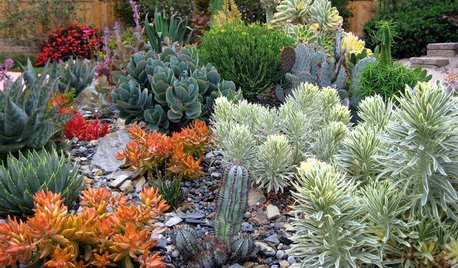
GARDENING GUIDESA Beginner’s Guide to Growing Succulents
Their easy-care reputation is well-deserved, but a little TLC will turn succulents into star plants
Full Story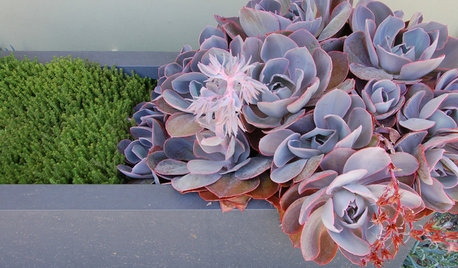
SUCCULENTSGrow a Garden of Succulents for Easy Beauty
Low-water plants in a wide range of colors, shapes and sizes? Sign us up — and check out our faves here
Full Story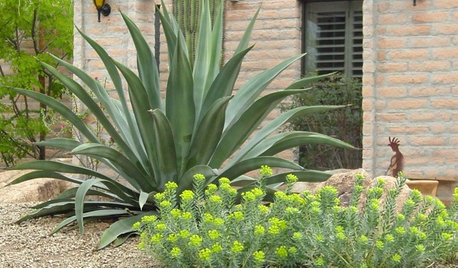
GARDENING GUIDESHow to Spot a Drought-Tolerant Plant
Label? Who needs a label? Learn the characteristics of plants that can thrive in hot, dry conditions to help you pick the right ones
Full Story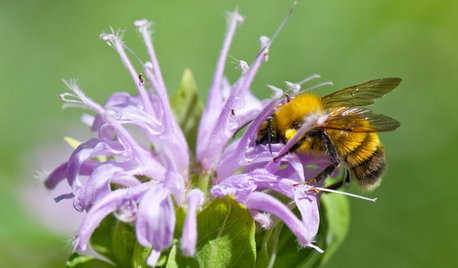
GARDENING GUIDESSupport Bumblebees by Providing Forage in 3 Seasons
Bumblebees are fascinating and fun to observe foraging in gardens. Find out how to create a buffet for these fuzzy, charismatic bees
Full Story
PLANTING IDEAS7 Ways to Use Drifts and Masses In Your Garden
Whether in formal or natural landscapes, grasses or succulents planted en masse elevate the garden
Full Story
COFFEE WITH AN ARCHITECTWhat My Kids Have Taught Me About Working From Home
Candy and Legos aren't the only things certain small people have brought to my architecture business
Full Story
LANDSCAPE DESIGNDesign Solutions for the Time-Strapped Gardener
Landscaping for easy maintenance can help make your garden more manageable — and pleasurable to be in
Full Story
INSPIRING GARDENSInside Houzz: A Waterfront Property Ditches the Grass for a Garden
New drought-tolerant plantings and outdoor gathering spaces help this California backyard take in the view without wasting space or water
Full Story








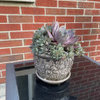
LilBit7765
mary
Related Professionals
Ilchester Landscape Architects & Landscape Designers · Taylorsville Landscape Architects & Landscape Designers · Mission Viejo Landscape Contractors · Oakland Landscape Contractors · Overland Park Landscape Contractors · 07920 Landscape Contractors · Palos Heights Landscape Contractors · Klamath Falls General Contractors · Mountain View General Contractors · Valley Station General Contractors · Atlantic City Decks, Patios & Outdoor Enclosures · Bloomington Decks, Patios & Outdoor Enclosures · Grain Valley Decks, Patios & Outdoor Enclosures · Inwood Decks, Patios & Outdoor Enclosures · Oswego Decks, Patios & Outdoor Enclosuresspapa
minimumyOriginal Author
aztcqn
minimumyOriginal Author
spapa
minimumyOriginal Author
Crenda 10A SW FL
missingtheobvious
minimumyOriginal Author